Clarkia is a very attractive and elegant plant with long flowering. Outwardly, it looks like a bush, showered with graceful double flowers, similar to roses.
As you can see in the photo, clarks are distinguished by a variety of colors and their brightness, they are white, pink, red, orange, lilac and purple, and there are also two-color ones, with various specks and haircuts.
To Europe from California brought by the English priest Clark... The flower was named after him.
The plant is an annual from the fireweed family. It has solid oval leaves of dark green color with red veins. Stems are erect, branched, slightly pubescent. The flower reaches a height of 60 cm. Flowers are collected in an inflorescence at the top. There are more than 30 types of clarkia.
Types of clarkia
Gardeners give preference to only three types:
- Clarkia graceful (marigold).
- Clarkia is nice.
- Clarkia is pretty.
You can admire these graceful plants by looking at the photo.
There are excellent undersized varieties for growing plants at home. The most impressive varieties look like Radost and Khavskoe Sun. Their flowers are salmon pink and crimson pink.
How to grow clarkia from seeds?
Growing a flower is not difficult if the following rules are followed:
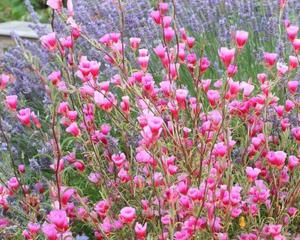 The seeds should be pre-soaked in a weak solution of potassium permanganate for several hours. You can also steam in the oven and the substrate to prevent seed infection.
The seeds should be pre-soaked in a weak solution of potassium permanganate for several hours. You can also steam in the oven and the substrate to prevent seed infection.- When sowing, it is required to press the seeds with a wooden stick, irrigate the soil with water from a spray bottle and cover with glass. The container should be in a bright place, but not exposed to sunlight.
- When leaves appear, seedlings dive and are kept in a ventilated greenhouse before planting. This option is used when growing a plant from seeds with further planting in flower beds.
- If clarkia will grow directly on the garden plot, then it should be sown already in mid-April - May. Seeds are completely safe from frost. You can also land before winter.
- Clarkia should be planted in a sunny place and on loose, slightly acidified soil.
- Before planting a plant in the ground, mineral fertilizers must be applied to the ground. One tablespoon of superphosphate and sulfate per square meter of earth.
- The distance between the seedlings when planting should be about 15 cm. Experts do not advise making more than 20 cm distance, because the plant will not bloom luxuriantly and abundantly enough.
How to care for flowers?
No special care is required for a seed-grown plant.
Even an inexperienced gardener can take care of:
- It is required to create additional lighting for the seedlings with an ultraviolet lamp for the whole daylight hours.
- It is necessary to observe regular watering, but without excess moisture. It should be carried out when dry days are long or when the soil dries up.
- Feed only with mineral fertilizers 2 times a month. Fertilizers are especially needed for a plant in dry weather. Ash can be added to the soil for abundant flowering.
- The decorativeness of the bush must be maintained with regular care, remove faded buds and dying leaves.
Ripe pods containing seeds should be brown.
By periodically pinching the tops of the plant, you can get thicker bushes. But the shoots should already reach 25 cm in height.
Tall plants are supported with pegs, which are driven in when planting. Otherwise, shoots may break in strong winds.
Before the onset of frost, the stems are cut flush with the ground.
The combination of clarkia with other plants
Clarkia in combination with other garden plants can create an amazingly beautiful flower garden. They look great with phlox, lilies, white daisies and asters.
Clarkia looks great against the background of low red roses. This plant is excellent for cutting and can stay in water for up to 15 days, slowly opening its buds.
Below are photos of clarkia of various graceful decorative varieties:
Diseases and pests
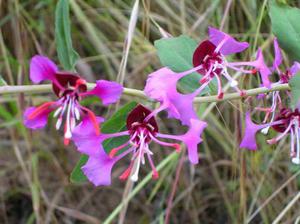 On the leaves and flowers of the plant, you can sometimes notice gray spots with a dark edging. This is the first sign of a fungal disease. The problem is eliminated by spraying the bushes with fungicides. Processing should be done twice a week. Typically, the fungus appears from excessive moisture in the root system.
On the leaves and flowers of the plant, you can sometimes notice gray spots with a dark edging. This is the first sign of a fungal disease. The problem is eliminated by spraying the bushes with fungicides. Processing should be done twice a week. Typically, the fungus appears from excessive moisture in the root system.
The most dangerous pest is the flea. It can destroy the plant even at the germination stage. And even a belated treatment with chemicals will lead to a complete loss of crops.
To prevent diseases, it is necessary to cover areas with sowing seeds with non-woven material, geotextiles. This will prevent flea beetles from attacking crops and provide soil moisture.
If you follow the simple rules for planting and caring for clarkia, the plant will bloom profusely and for a long time. It can serve as an effective decoration for terraces and balconies.
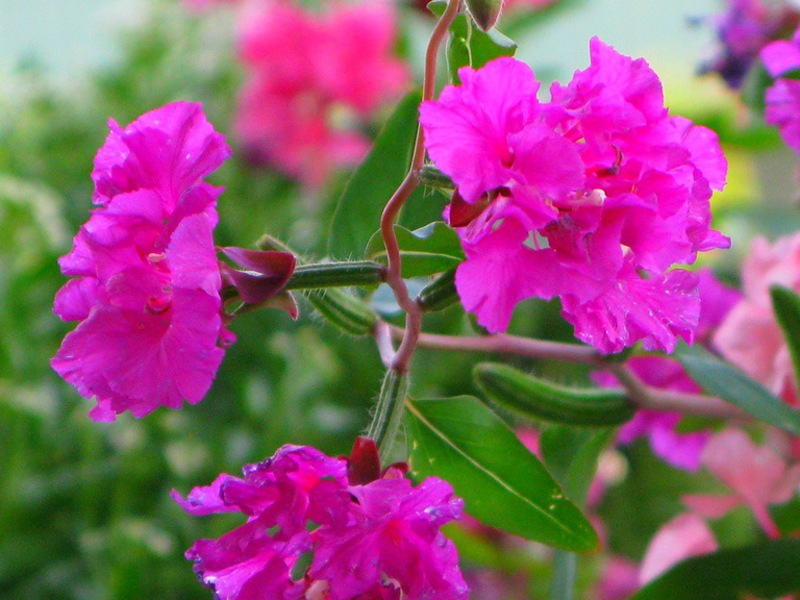
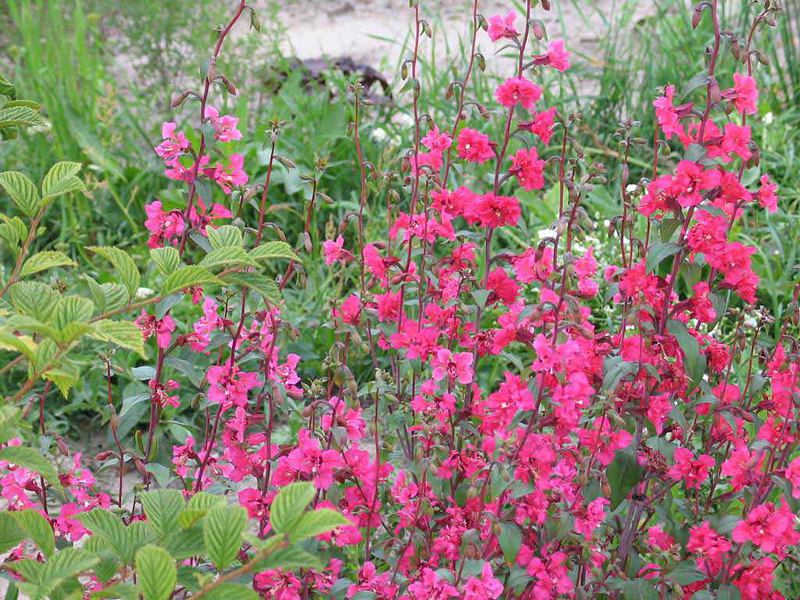
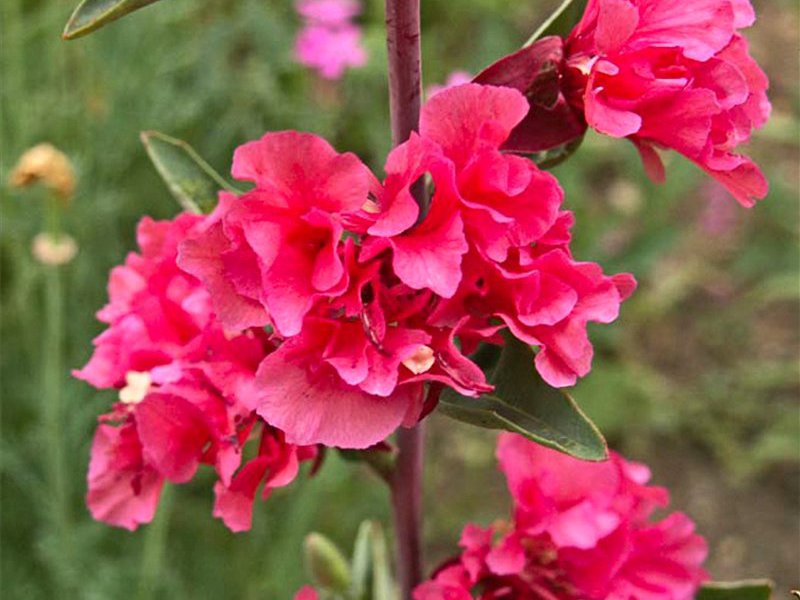
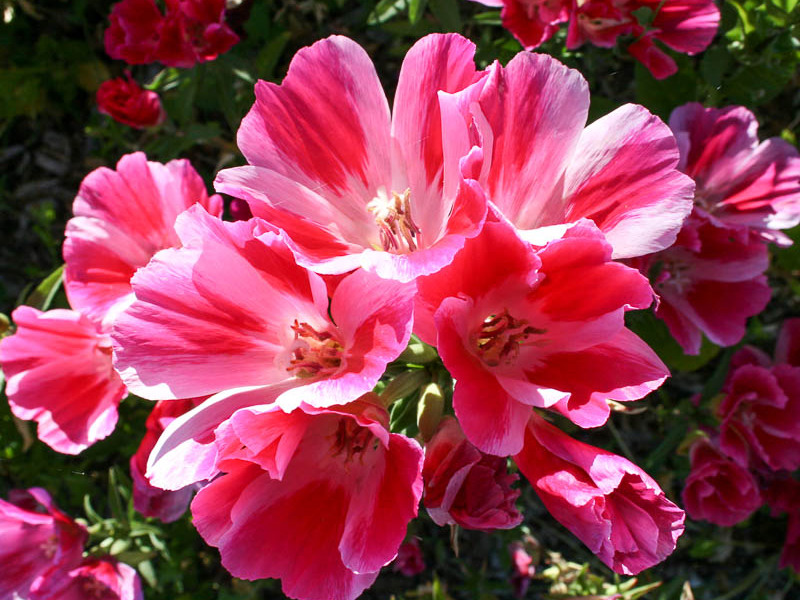
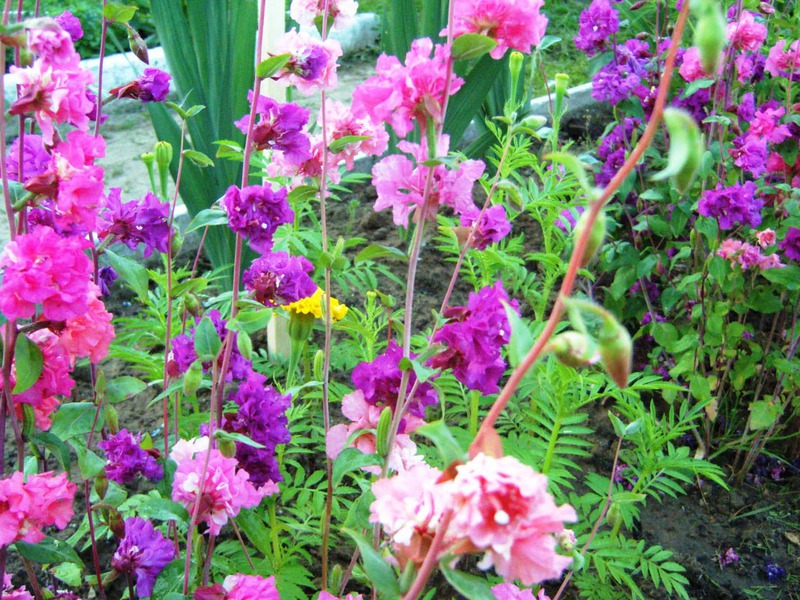
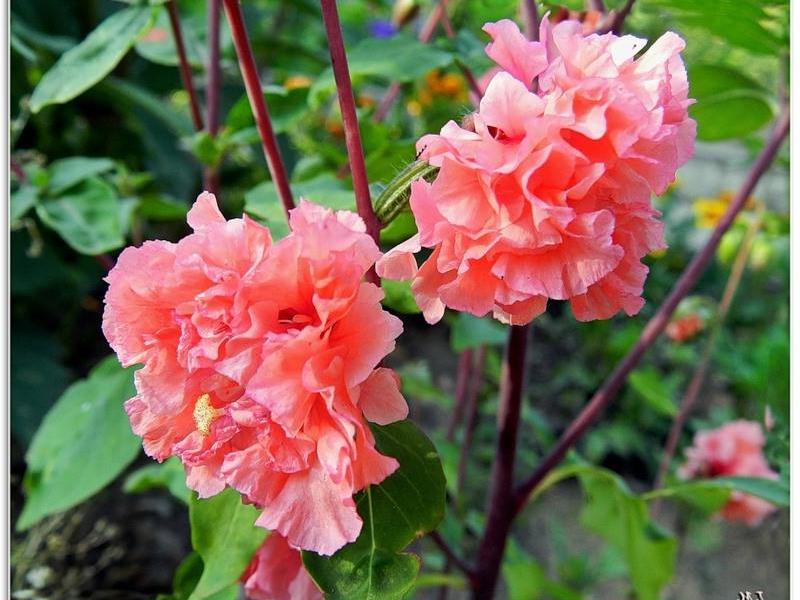
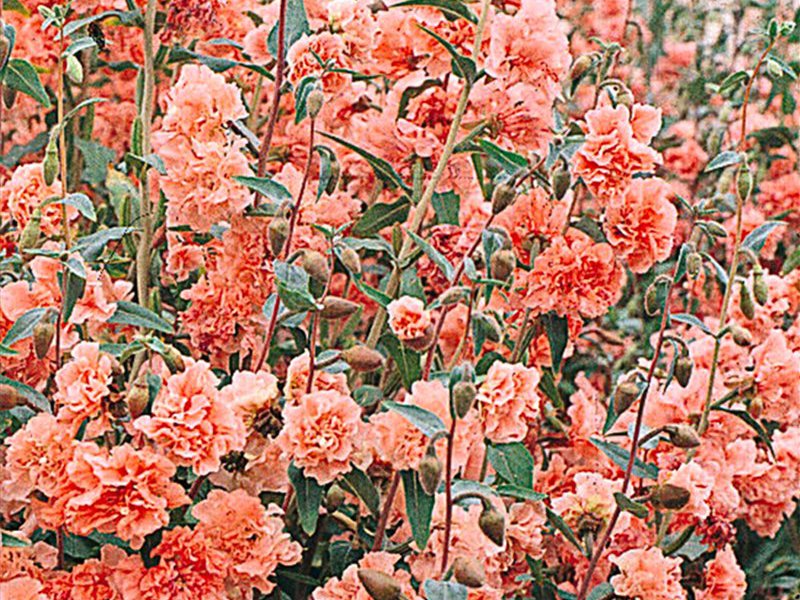
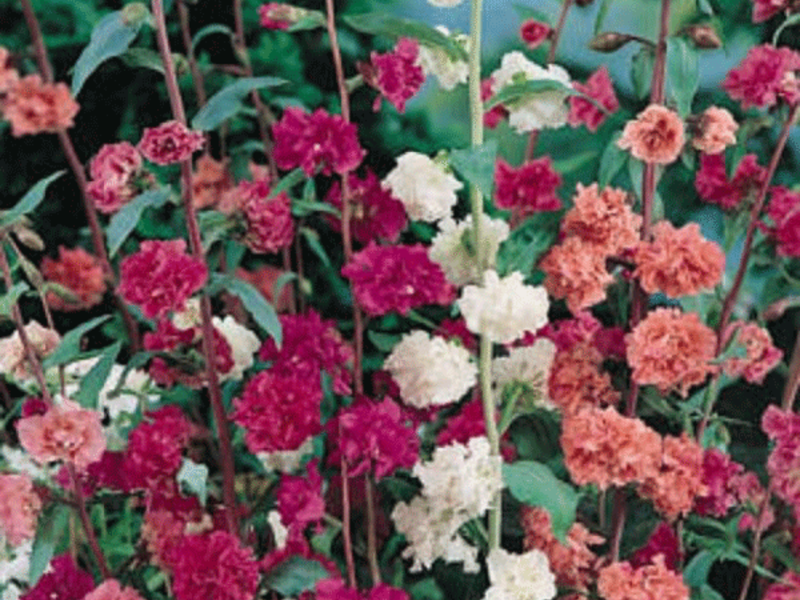
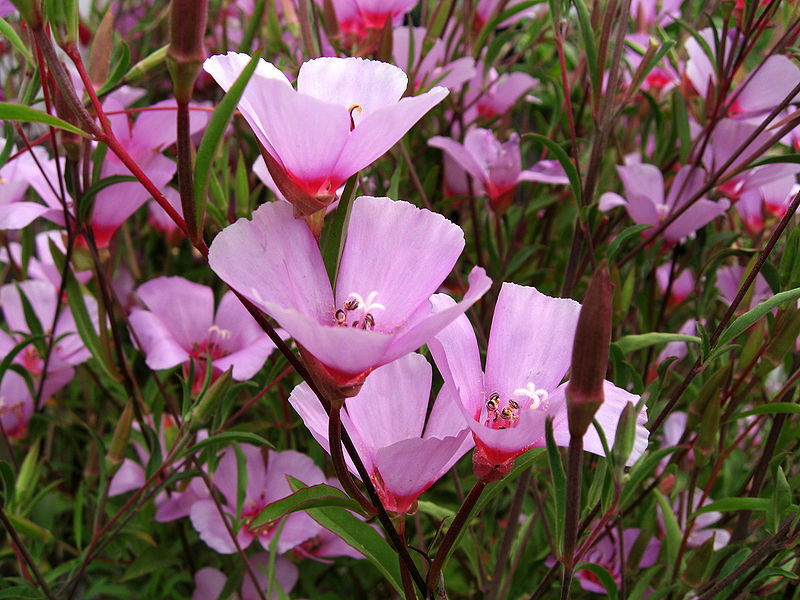
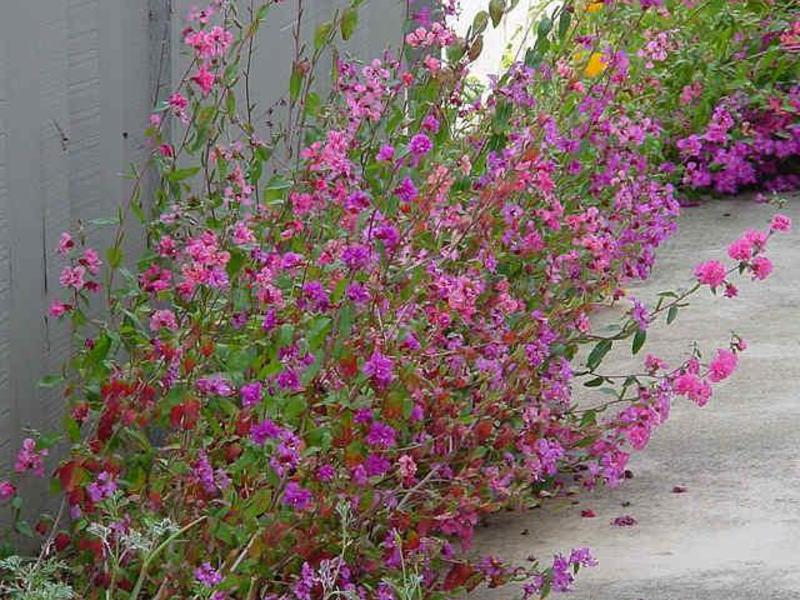
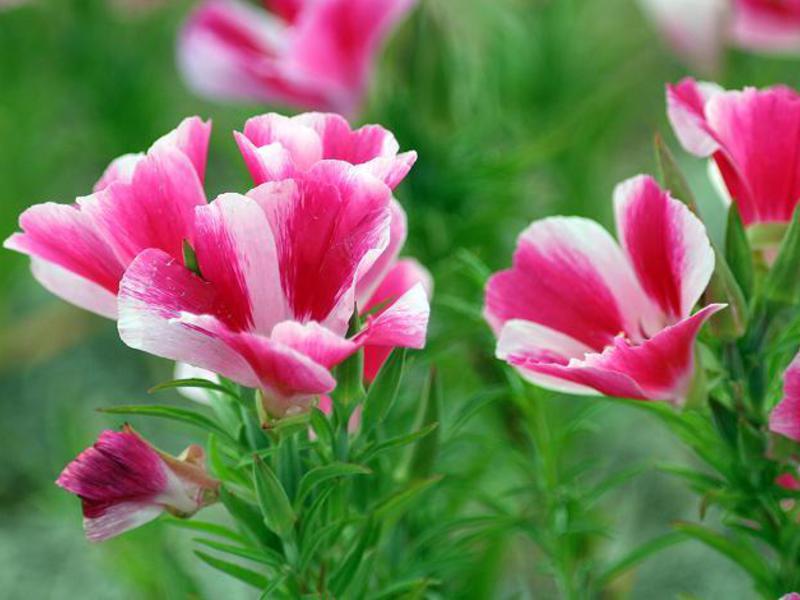
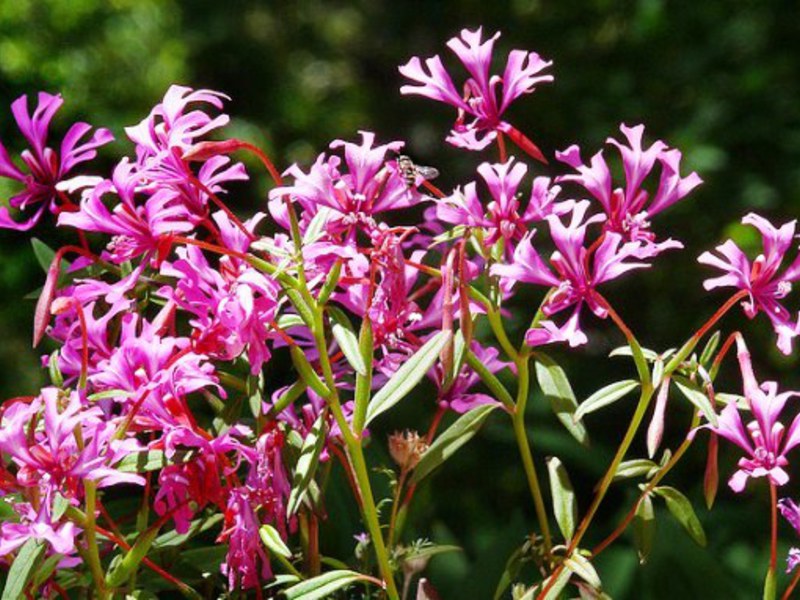
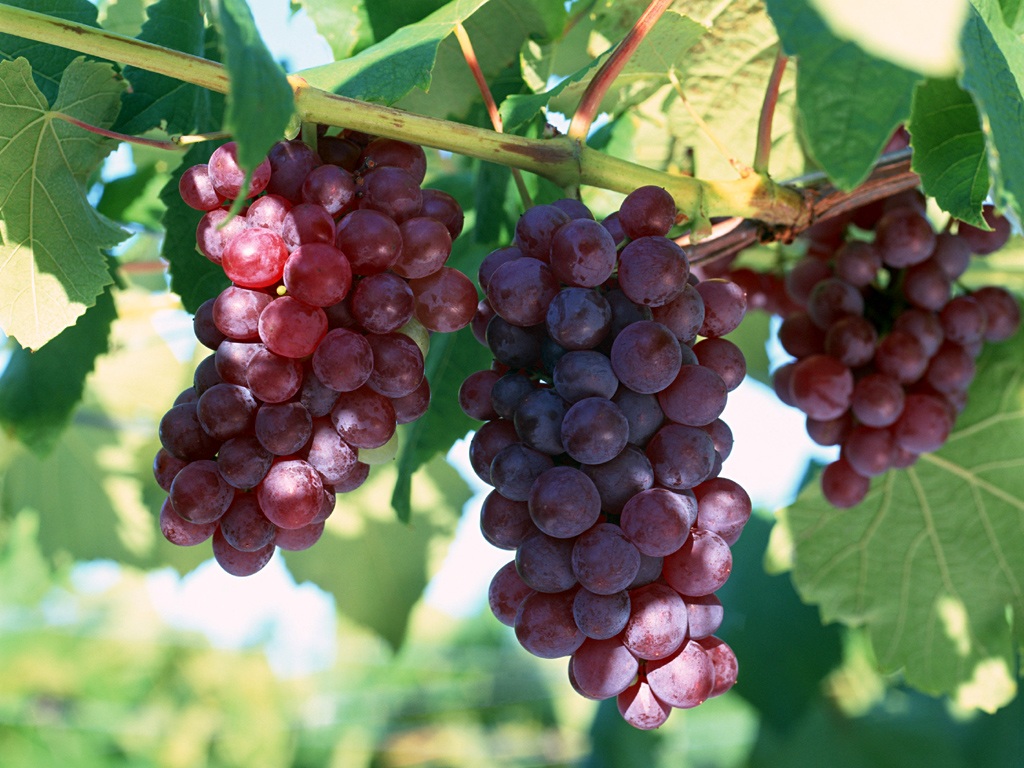

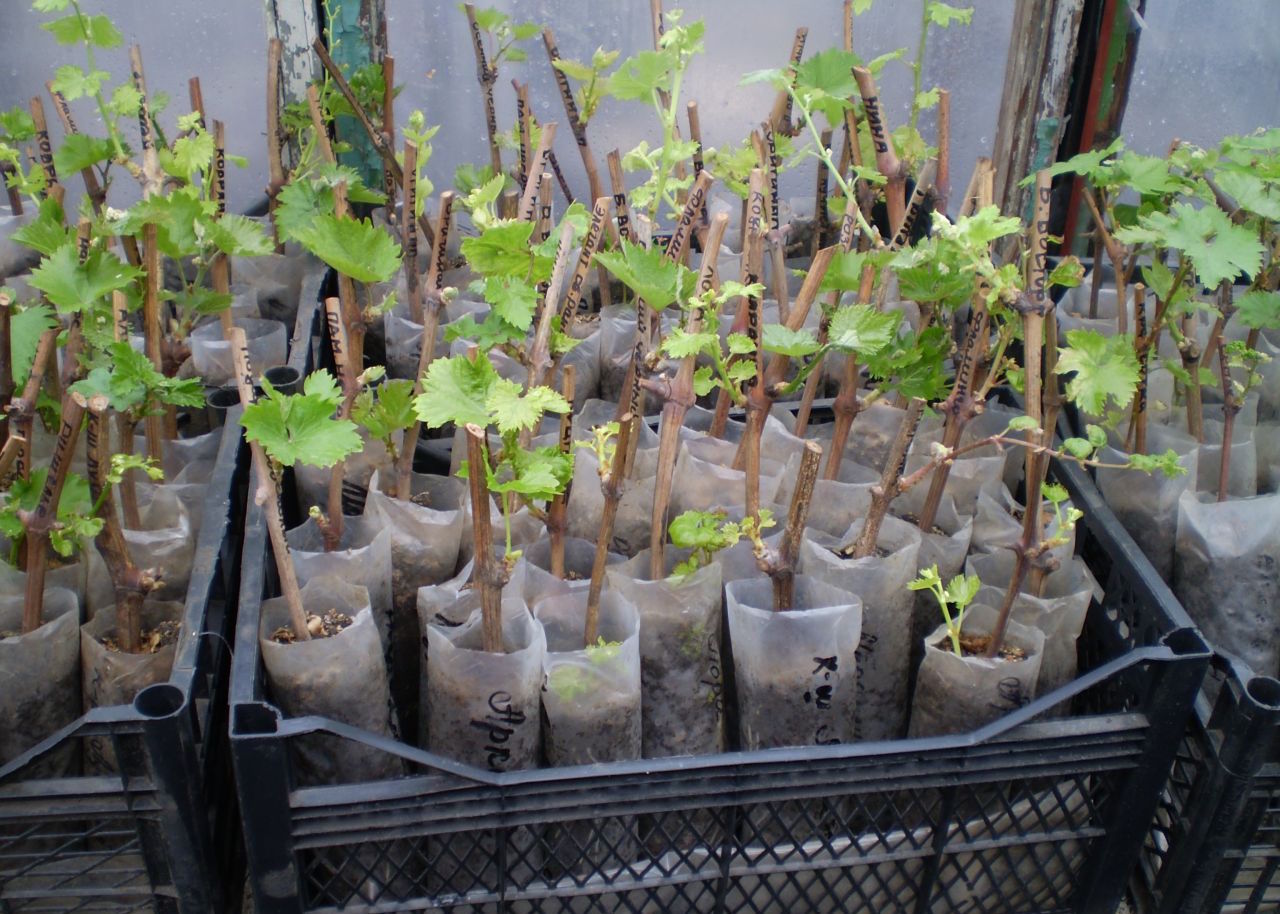
2 comments